How to Grow Aloe Vera Indoors or In Lawn? Step By Step Guide
by Lee Safin
The Aloe vera plant has been known and used for centuries for its health, beauty, medicinal, and skincare applications. The cosmetic, pharmaceutical and food industries use aloe vera extensively, and the plant has an estimated annual market value of $13 billion globally.
So, how to grow aloe vera indoors?
To grow aloe vera indoors you need to collect a fraction of the aloe vera, then collect soil with appropriate pH, put it in the tub and keep watering. By maintaining this you can easily grow aloe vera indoors or on your lawn.
So, if you are looking for some extra income from your home, it can be an excellent idea.
Contents
- Why Having Aloe Vera In Your Home Is a Great Idea?
- Where To Start?
- How to Grow Aloe Vera Indoors – Setup (Before Planting)
- Step 1 – Get The Perfect Bowl (A place in case of lawn)
- Step 2 – Get a Proper Drainage System
- Step 3 – Choose A Deep One
- Step 4 – What About The Mud?
- Step 5 – Prepare Your Plant
- Step 6 – Plant Your Plant
- What You Will Need To Grow Aloe Vera Indoors?
- How To Make Aloe Vera Plant Grow Faster?
- How Do You Water Your Aloe Properly?
- Watering Your Plant!
- Don’t Do It!
- Maintain The Frequency!
- What About The Excessive Water!
- How To Remove & Replant Aloe Vera Offsets (Pups)
- Choose Pruning Shears
- What About The Offsets!
- Placement is Important!
- When do aloe vera Plants Reach Maturity?
- How To Bring The Aloe To Bloom?
- How to Take Care of The Aloe Vera Plant
- Proper Lighting
- Ambient Temperature
- Ensure Fertilizing
- Repotting
- What are The Common Diseases of Aloe Vera
- What are The Benefits of Having Aloe Vera Plants
- Efficiently Soothing The Burns
- Aloe Vera Boosts Dental Health
- Keeping Your Blood Sugar in Check
- Facilitates Your Digestion
- Aloe Vera Loses Your Weight
- Best Treatment for Acne Spots
- Wrapping Up

Why Having Aloe Vera In Your Home Is a Great Idea?
Growing aloe vera for medicinal or cosmetic use can be an alternative to using products with artificial ingredients. Soothe your skin and treat sunburn with the natural properties of aloe vera gel. Growing aloe vera plants indoors is an easy and green way to keep a constant supply of the beneficial gel within arm’s reach!
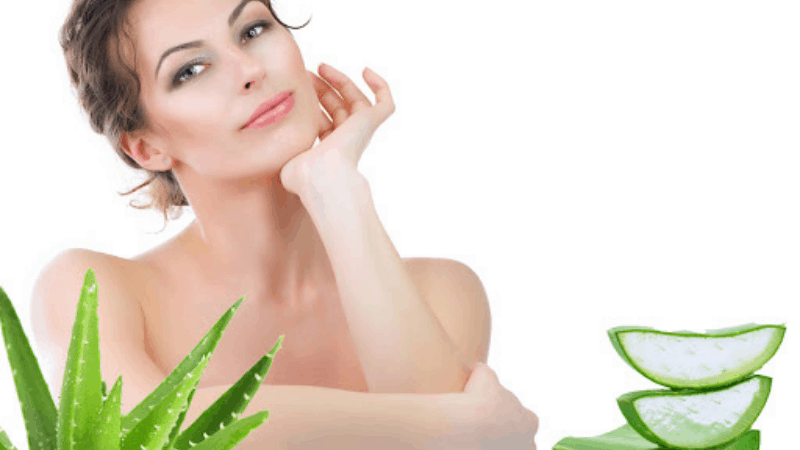
By applying the gel insides of the aloe leaf to your skin, you will reap the perks of this herb. Split one of the leaves on your plant delicately, scoop the gel out with your fingertips or a cotton swab, and apply the gel over all the areas impacted.
You are bragging about “how to grow aloe vera indoors?” but do you know that Aloe vera contains 75 potentially active constituents.
The plant has triangular, fleshy leaves with serrated edges, yellow tubular flowers, and fruits that contain numerous seeds.
Where To Start?
There are two choices for those hoping to cultivate aloe vera indoors –
Aloe seeds are normally cheaper than starter seedlings, but they take longer to develop. If you wish to have a complete breeding experience from scratch—you can find a range of breeds and seeds online for buying.
However, inexperienced aloe developers may have more luck with a nearby nursery starter. These tiny succulents are available to most lawn and garden vendors.
How to Grow Aloe Vera Indoors – Setup (Before Planting)
Contrary to popular belief, Aloe vera is easy to grow indoors as a potted plant and makes a wonder houseplant. Given the proper care, these amazing plants can live for many years.
The Secret here is: There’s really not much to it, and guess what – your aloe vera might just do better if you ignore it, they thrive on neglect.
The two most important parts of aloe vera plant care are proper watering and lighting.
Step 1 – Get The Perfect Bowl (A place in case of lawn)

Choosing the right type of container is critical. It is recommended to use a pot made of terra-cotta or similar porous material. It will allow the moisture to evaporate sufficiently between watering and be strong enough to prevent the plant from upholding. It is also possible to use a plastic or glazed pot, but they may retain more moisture.
We recommended the Greenaholics Owl Ceramic Plant Pot for aloe vera as it has a proper drainage system.
Step 2 – Get a Proper Drainage System
The second and most essential step of the query “How to Grow Aloe Vera Indoors?” is ensuring a proper drainage system.
Be sure to pick one with at least one drainage hole in the bottom while choosing a container. This is essential, as the hole will allow the drainage of excess water. Aloe vera plants are easy to grow, however rotting and wilting, which is undoubtedly the most leading cause of death for this plant, may be caused by a lack of drainage system.
After getting the fresh pot a quick rinse (or a good clean, if it’s a pot you’ve used before) and allowing it to dry entirely, insert a small piece of film over the drainage hole. This will keep the soil from slipping out of the bottom and making it easier for the water to drain properly. Although this will break down over time, a doubled sheet of paper towel or newspaper will always fit in a hurry.
Step 3 – Choose A Deep One
Choose a container that is about as deep as it is large. Choose a deep enough tub so that you can plant a whole stem underneath the soil if your aloe plant has a stem.
Step 4 – What About The Mud?
Aloe vera plants are succulent but use a well-draining potting mixture, such as cacti and succulents. Do not use the soil of gardens. Perlite, lava rock, chunks of bark, or all three may contain a strong blend.
Step 5 – Prepare Your Plant
Take the aloe vera plant from its current pot and remove any extra soil from the roots, taking care not to damage the roots. If there are pups in your plant, extract those immediately. When your plant has a really long, bulbous stem that doesn’t fit in the container, the stem can be partially cut off. Remember that this is a dangerous thing that could harm the plant.
To trim the stem: Leaving the plant far beyond possible. Then, take the bare plant and put it in a heated area with indirect light. For some days, the wound would become callous.
Step 6 – Plant Your Plant
Cover the pot approximately a third of the way with a well-draining potting mixture, and place it in the pot. Continue filling the soil around the plant, bearing in mind that you must leave at least 3⁄4 inch of space between the top of the soil and the edge of the tub. The lower leaves of the aloe plant should also lie just above the soil. Once you’ve put your aloe in a fresh jar, don’t water it for at least a week.
This would reduce the risk that rot will be caused and allow the plant time to bring out new roots. Please keep it in a warm position that absorbs strong yet indirect light until the plant seems rooted and satisfied.
So I hope you got the answer of your primary question “How to Grow Aloe Vera Indoors?”
What You Will Need To Grow Aloe Vera Indoors?
You got the answer of “How to Grow Aloe Vera Indoors?” but you are going to need some props to grow aloe vera indoors.
Aloe Plants
Beautiful Aloe includes:
- Tiger or Partridge- Breasted Aloe (Aloe variegata) – A compact aloe characterized by short, smooth leaves with uneven white stripes.
- Lace Aloe (Aloe aristata) – A small plant with white-spotted, finely sawtoothed leaves.
- Blue Aloe (Aloe glauca) – A larger aloe species with silver-blue leaves.
Special Soil
The best potting soil for aloe vera plants is one that drains very quickly and doesn’t hold water – like cocopeat or a mix of cocopeat and soil or sand in any proportion to make it a well-drained potting soil.
Also, it does not require any fertilizer – whether organic or inorganic.
We recommend Professional Grower Potting Soil as it’s perfect to grow aloe vera.
Perfect Pots
The good news is that aloe vera plants are super easy to grow plants whether indoors or outdoors, and they do very well in pots – of any size.

Just make sure there is at least one drainage hole beneath the pot.
How To Make Aloe Vera Plant Grow Faster?
- Choose a fast-draining potting medium.
- Give the pot a thought.
- Watch out for temperature (Avoid too much direct light).
- Avoid overwatering.
- Boosting growth with fertilizer (go for natural fertilizing).
- When possible, keep your aloe plants outdoors.
- Monitor for diseases and pests.
- Prevent overcrowding in the pot.
- Allow room for growth by repotting when needed.
- Use rooting hormone to stimulate root development.
How Do You Water Your Aloe Properly?
Watering Your Plant!
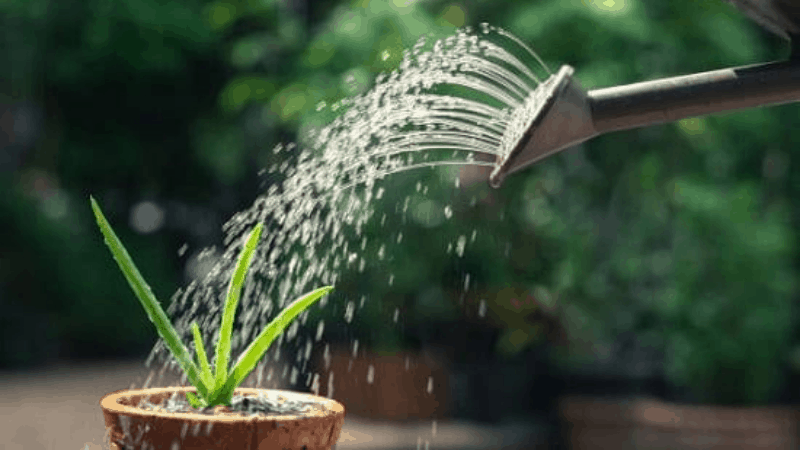
Watering is the hardest aspect of maintaining healthy aloe vera, but it’s also clearly not rocket science! The aloe is just a succulent plant and used to arid zones, but its thicker leaves require plenty of water.
The most common mistake people make when it comes to aloe vera plant care is overwatering. They do not require so much water as you think; they are succulents, so they already have a lot of water and moisture stored in their leaves.
Water aloe vera plants intensely, but seldom. In other words, the soil should feel damp after watering. However, it should be left to dry out to a point before watering further. If the soil remains too damp, the roots of the plant could rot.
Don’t Do It!
To ensure that you don’t overwater the lawn, permit the upper quarter of potting soil to dry out between watering. For instance, allow the top 2 inches to dry before watering further when your plant is placed in 6 inches of potting soil.
Maintain The Frequency!
How Often You Should Water Aloe Vera?
If you water every two weeks in summer, water every four weeks in winter.
What About The Excessive Water!
Any excessive water could perhaps run out of the bottom of the container during watering. Let it stay in this tub so that the soil absorbs as much as possible. Wait 10-15 minutes; finally, drain whatever water is left over.
How To Remove & Replant Aloe Vera Offsets (Pups)
Mature aloe vera plants frequently develop offsets that can be extracted to produce an innovative, unique plant or variant of the parent plant, usually referred to as plantlets, pups, or “babies.”
Choose Pruning Shears

Find where the offsets are rooted to the main stem, and choose pruning shears, scissors, or a sharp knife to extract them. On the offset, leave at least an inch of stem.
We recommend having the Felco Classic Manual Hand Pruner as its combo pruning share and can be used for any aspect of gardening.
What About The Offsets!
Enable the offsets to settle for several days outside the soil; this enables the offset to form a callous over the cut that helps shield it from rotting. At this time, keep the offsets in a warmer spot with intermittent sunlight.
When the offsets have formed callouses, plant them in a proper succulent potting medium. The field should be well-draining.
Placement is Important!
In a sunny spot, assemble the newly-potted pups. Wait for water for at least a week, then keep the soil on the dry corner.
When do aloe vera Plants Reach Maturity?
It takes about 3 to 4 years for aloe plants to reach the full maturity of an aloe vera plant indoor. Its leaves will grow to about 8-10 inches in length. By giving your aloe plants a great set-up and taking other plant care measures, you’ll be able to boost their growth rate and ensure healthy development.
How To Bring The Aloe To Bloom?
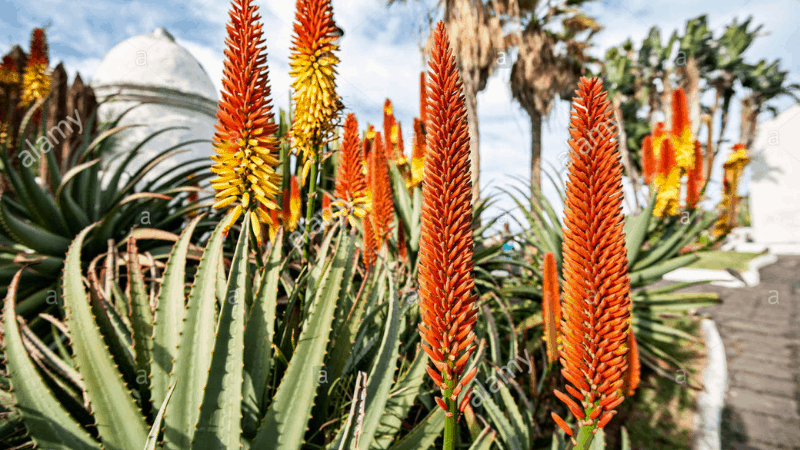
Mature aloe vera plants typically develop a tall floral peak called an inflorescence through which numerous tubular red or yellowish flowers come up.
Unfortunately, flowering is rarely possible with aloes kept as houseplants because the plant needs almost favourable conditions to develop flowers.
- A lot of light
- Adequate water, and
- A reasonable thermal gradient.
Due to these requirements (mainly sunlight), aloe flowers are typically seen only on plants growing outdoors all year round in hotter climates.
To give your aloe the best chance at flowering: give it as much light as possible, particularly during spring and summer. Aloes can be held outside in full sun throughout the summer, with temperatures over 70°f. Do not immediately move your aloe from the inside to the direct sunlight; it takes time to adapt to the strong sunlight, or it will sunburn. Please enable it to settle for about a week in partial shade before transferring it to a hotter spot.
Despite the best efforts, indoor settings are just not sufficient for most aloes, so don’t be disappointed if you completely fail to bloom flowers.
How to Take Care of The Aloe Vera Plant
Proper Lighting
Set in bright, partial, or artificial sunlight. It is ideal to have a western or southern pane. Aloe that is stored in low light also develops leggily. If you are planning to grow aloe vera in grow tent then you will be needing this best fluorescent grow light list.
Ambient Temperature
In temperatures between 55 and 80 ° F, Aloe vera grows excellently. The temperatures of most apartments and residences are optimal. You should take your plant outside without any problems from May to September, but if the nights are cool, bring it back indoors in the evening. You may need an air conditioner to control the temperature.
Ensure Fertilizing

Fertilize liberally (but no more than once a month) with a healthy houseplant formula mixed at 1⁄2 strength in spring and summer only.
We recommend Miracle-Gro Indoor Plant Food as it’s liquid in nature and absorbable for houseplants.
Repotting
Repotting when bound to the root.
What are The Common Diseases of Aloe Vera
Avoid overwatering to keep these conditions from developing or worsening.
What are The Benefits of Having Aloe Vera Plants
Efficiently Soothing The Burns
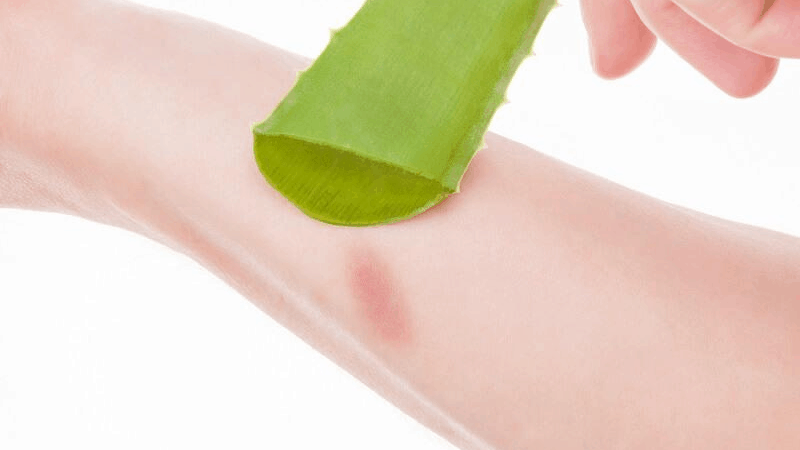
Aloe vera plants are very well known for their capability of soothing burns. For this reason, these are known are “Burn Plants”.
This name depicts that they have the ability to create a non-toxic environment around your space and can be counted as a safe medication for sunburnt skin. If you spend too much time in the sun or burn your finger during cooking, then you can apply aloe vera gel on the affected region and get fast relief.
The process of extracting aloe vera gel from the aloe vera plant is very easy. You just have to take the leaf and squeeze the gel out.

NaturSense Aloe vera gel gets its popularity by soothing pain due to its anti-inflammatory effect. It also has antibacterial properties.
Aloe Vera Boosts Dental Health
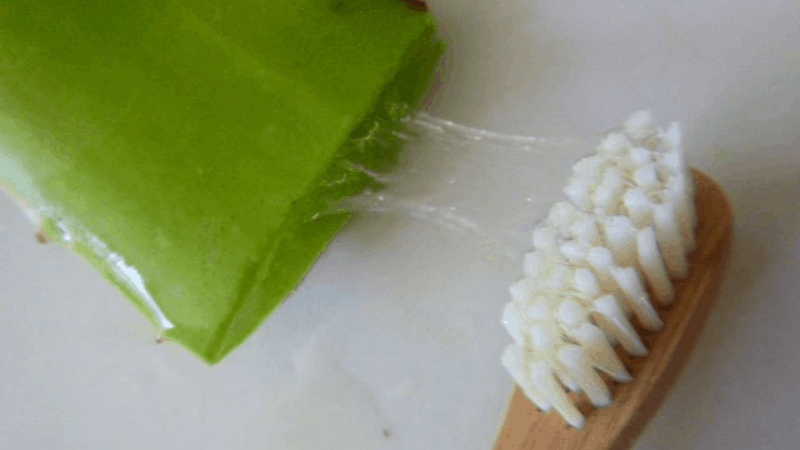
You can extract the aloe vera and use them in certain oral products like mouthwashes. Due to its potent antibacterial and anti-inflammatory effect, certain conditions in the gums like swelling and bleeding can be treated quickly with a soothing effect.
It also possesses vitamin C which facilitates blockage of the formation of plaque in the mouth. You can also use aloe vera-based mouthwash to get rid of bad breath and improve oral hygiene.
No products found.
No products found.
You can also drink aloe vera juice which is also very effective in the field of improving oral routine.
Keeping Your Blood Sugar in Check
We have gone through several research and journal papers and came to the conclusion that aloe vera juice has the ability to reduce blood sugar levels by 30%. It can burn lipid and is effective in the treatment of type 2 diabetes.

A diabetes patient often suffers from complications in healing. So, having aloe vera juice can boost up the healing process like burns or cuts in diabetes patients. But before diving into having this regularly, don’t forget to consult with your doctor for certain interactions.
Facilitates Your Digestion

If you are constipating and want to try out natural solutions before taking medicines, aloe vera juice might be just the right thing for you!
Aloe vera helps to break down the complex sugar molecules which makes them easier to excrete. As a result, your digestion will be fast and constipation will be relieved. Due to its treating of bloating and gas along with improving constipation, aloe vera is known to be a “Natural Laxative”.
If you also want to get rid of your reverse acidity problem, drink aloe vera juice or just add it to your smoothie and you are good to go.
Aloe Vera Loses Your Weight


As I have mentioned before, aloe vera can break down complex sugar molecules as well as burn out the fatty layers and lipids in the bloodstream. Hence, it can also contribute to losing weight.
Along with that, it will detoxify your body and facilitate metabolism. You can make an easy diet drink by adding this juice to your everyday drinks, soup, or shakes. You can also have it in your salads.
Best Treatment for Acne Spots
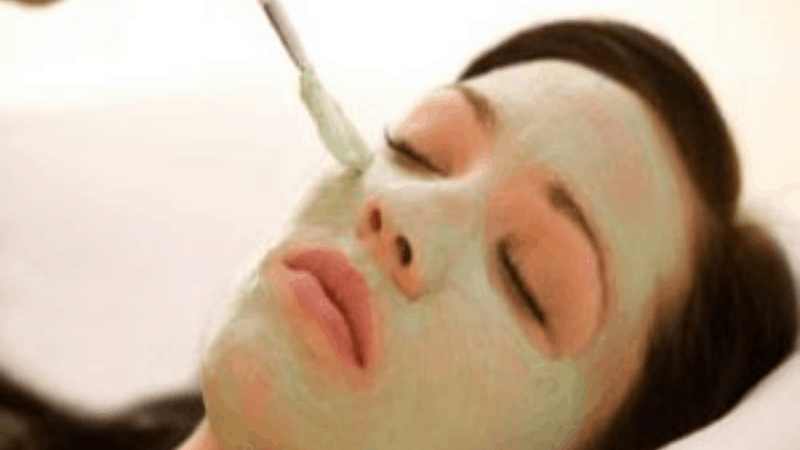
One of the most prominent roles of aloe vera is to get rid of scars or pores caused due to an acne breakout. In addition to that, aloe vera has been used in certain other skin conditions as well.

When you apply aloe vera gel extracted from the leaves to your skin, it will increase the formation of collagen which will repair the damaged cell and replace the scarred tissue with new ones, and gradually you will be able to regain your smooth skin.
We recommend “All Natural Aloe Vera Gel” to apply to your face. But it’s not only recommended by us. The most famous beauty blogger Shunoyona says –
All Natural Aloe Vera Gel is the best product in the market to treat acne on your face.
Wrapping Up
I am pretty sure that you got the answer “how to grow aloe vera indoors?” or “how to grow aloe vera in lawn?”
The other tips and tricks may be entirely new to you. But I hope this article has helped you understand the importance of a good potting medium, good environmental conditions, and good watering habits in developing aloe vera plants.
These may seem like small things, but they can definitely have a huge impact on your plants’ health and growth.
Last update on 2023-01-28 / Affiliate links / Images from Amazon Product Advertising API
Buy on Etsy, eBay, or Walmart
Greenaholics Owl Ceramic Plant Pot - Etsy, eBay
Breasted Aloe (Aloe variegata) - Etsy, eBay
Lace Aloe (Aloe aristata) - Etsy, eBay
Blue Aloe (Aloe glauca) - Etsy, eBay
Professional Grower Potting Soil - Etsy, eBay
Felco Classic Manual Hand Pruner - Etsy, eBay
Miracle-Gro Indoor Plant Food - Etsy, eBay
NaturSense Aloe vera gel - Etsy, eBay
All Natural Aloe Vera Gel - Etsy, eBay
 |
 |
 |
 |

About Lee Safin
Lee Safin was born near Sacramento, California on a prune growing farm. His parents were immigrants from Russia who had fled the Bolshevik Revolution. They were determined to give their children a better life than they had known. Education was the key for Lee and his siblings, so they could make their own way in the world. Lee attended five universities, where he studied plant sciences and soil technologies. He also has many years of experience in the U.S. Department of Agriculture as a commercial fertilizer formulator.
Thoughts on "How to Grow Aloe Vera Indoors or In Lawn? Step By Step Guide"
 |
 |
 |
 |
Get FREE Gardening Gifts now. Or latest free toolsets from our best collections.
Disable Ad block to get all the secrets. Once done, hit any button below
 |
 |
 |
 |